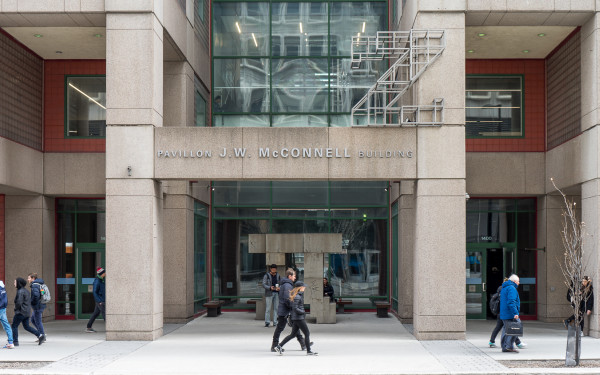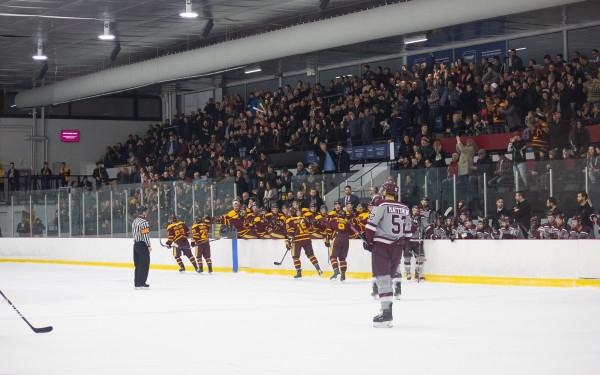COVID-19 exacerbates green space inequity in Montreal neighbourhoods
How public green space is vital to public health, especially in a lockdown
Throughout the COVID-19 pandemic, Montrealers have been encouraged to make use of the city’s green spaces to cope with the physical and psychological challenges of living in lockdown. Yet, not everyone has the same access to quality green space.
A national survey conducted by Park People, an organization that supports and mobilizes park initiatives across the country, evaluated Canadians’ relationship to parks during the pandemic. Out of 1,600 respondents, 82 per cent said parks were important for their mental health and social well being, especially for individuals living alone, while 70 per cent said it’s important for their physical health.
“It’s very simple in terms of health. Many cities have demonstrated the closer you live to a park the more you will use it,” said Philippe Apparicio, a professor and expert in environmental justice. “Green space is very important for reducing stress and anxiety, to promote physical activity and to improve the health of people in general.”
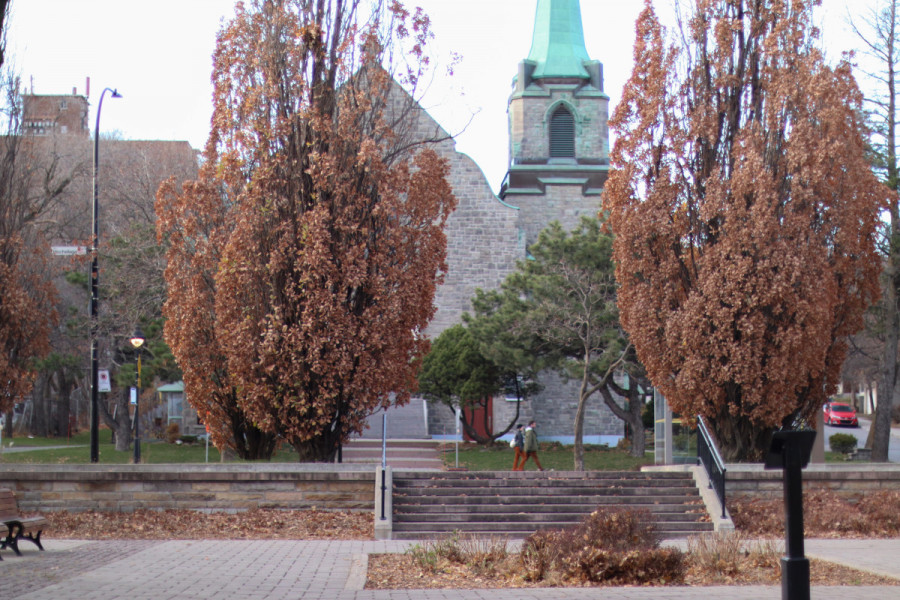
If a park is overcrowded, visitors are more likely to return home. This is exacerbated by COVID-19 when the choice is between risking exposure at a crowded park, or remaining isolated indoors. The Park People study cited overcrowding as the top concern for 64 per cent of Canadians who experience fear and anxiety over heading outdoors.
Most Montreal residents live less than 500 meters away from a park. Proximity to parks isn’t the sole culprit of green space inequity. Public parks in low-income neighborhoods face faster deterioration due to over-saturation, Apparicio said.
There are two ways to measure a park’s capacity. The carrying capacity is the maximum number of people a park can tolerate before it deteriorates. The functional density is the optimal amount to maximize enjoyment.
“In districts where low-income and visible minorities live, such as Park-Ex and Hochelaga, there is a problem with carrying capacity and functional density,” Apparicio said. “Because so many people use this park we can see a deterioration of it.”
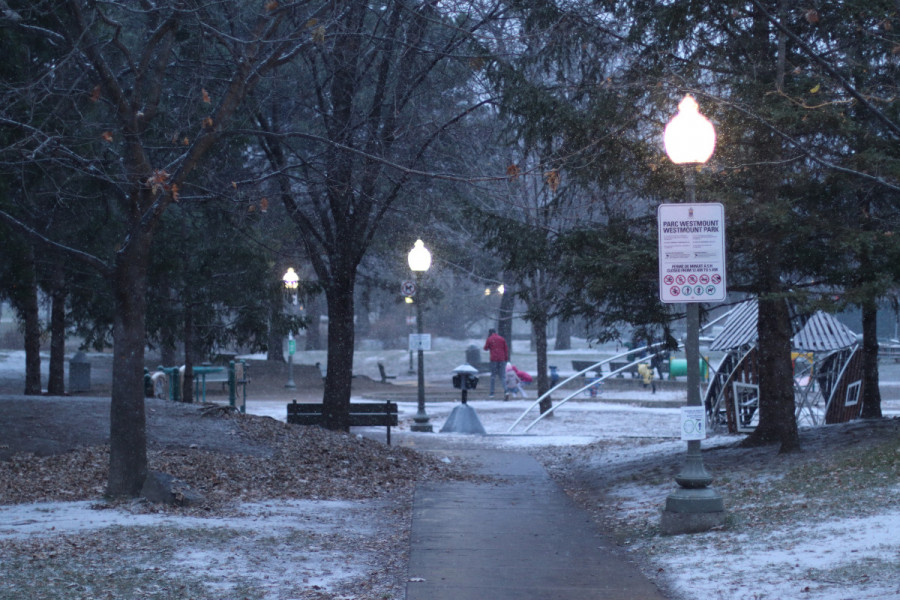
These very same low-income neighbourhoods were some of the hardest hit by the pandemic. Montreal North had the highest number of cases followed by Hochelaga-Maisonneuve, Ahuntsic-Cartierville, Côte-des-Neiges—Notre-Dame-de-Grâce, and Villeray—Saint-Michel—Parc-Extension.
A study by the National Institute of Public Health showed that residents of Hochelaga had 10 years reduced from their life expectancy compared to those in wealthier neighborhoods. The study also demonstrated that chronic illnesses, psychological distress, and attempted suicides are more prevalent in low-income communities.
Louise Campion lived in Hochelaga for three years while studying fine arts at Concordia. She said there were visible discrepancies within the neighborhood itself.
“The parts of Hochelaga filled with poor income housing are indeed less green, which contrast with the rest of the area filled with families, kids and artists which are way greener,” Campion said.
Tatianna Diamantopoulou was Campion’s roommate in their Hochelaga apartment during her final year in fine arts at Concordia. Lack of green space was a major factor in eventually leaving the neighborhood after experiencing the first several months of lockdown there. The area, she said, was reminiscent of the greyness of her hometown of Athens, Greece.

“What was most noticeable was the lack of green space on the streets, unlike other areas I’ve spent a lot of time in like Saint-Henri, Mile End, and the Plateau. In those areas, the streets look very green because of the trees,” Diamantopoulou said.
Campion’s relationship to the neighbourhood differed from her roommate's as she lived there much longer, affording her the opportunity to find some of Hochelaga’s more obscured green gems, like local green alleys.
“I see Hochelaga as a very welcoming and warm place, but that’s also because over the years I learned where I liked to hangout,” Campion said.
Diamantopoulou made the decision to move to Little Italy at the end of the summer where she now lives alone but is surrounded by more greenery, as opposed to having company in the absence of green spaces.
“The view from your window is more likely to include some greenery from the trees in the streets, or even alleyways, which does have a positive effect [on your mental health] when you are forced to stay inside,” she said.

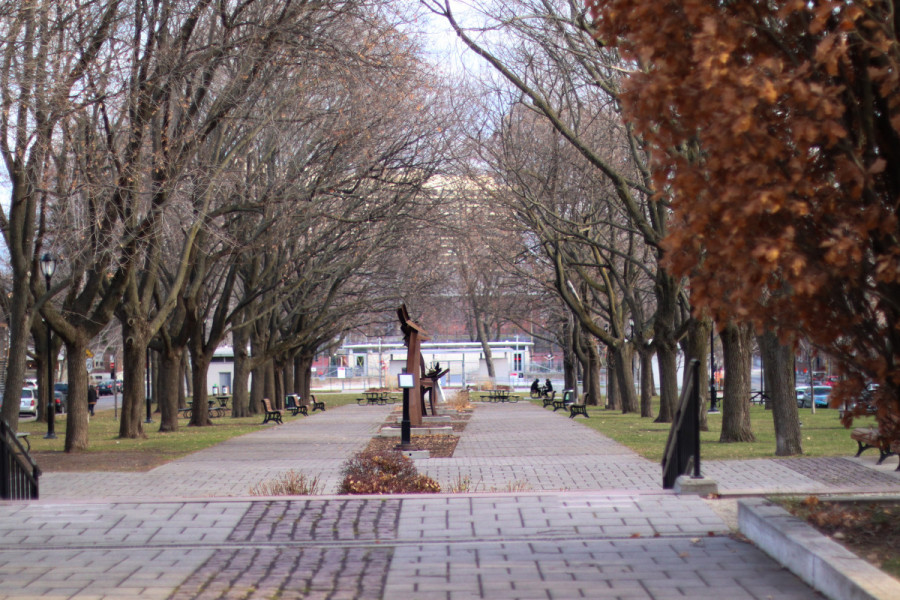

_600_375_90_s_c1.jpg)
